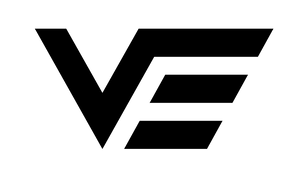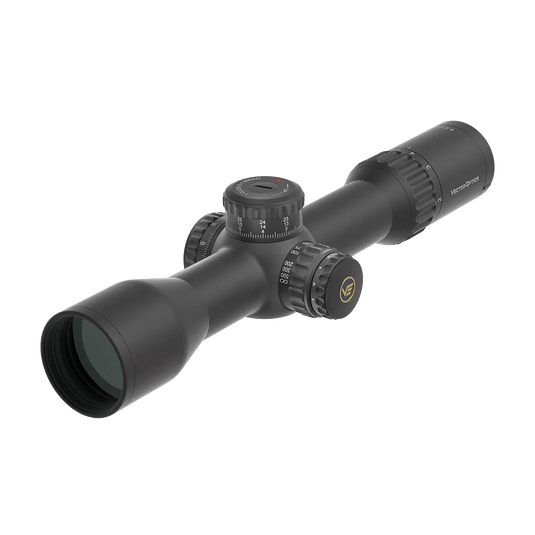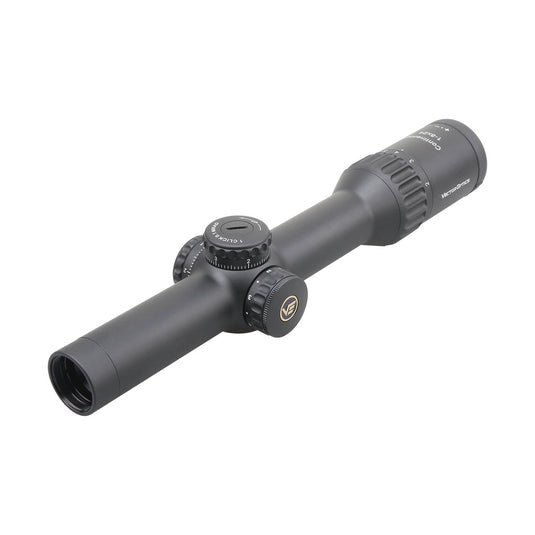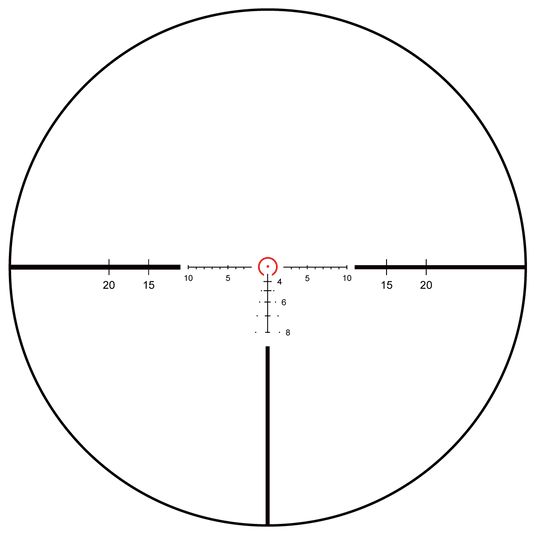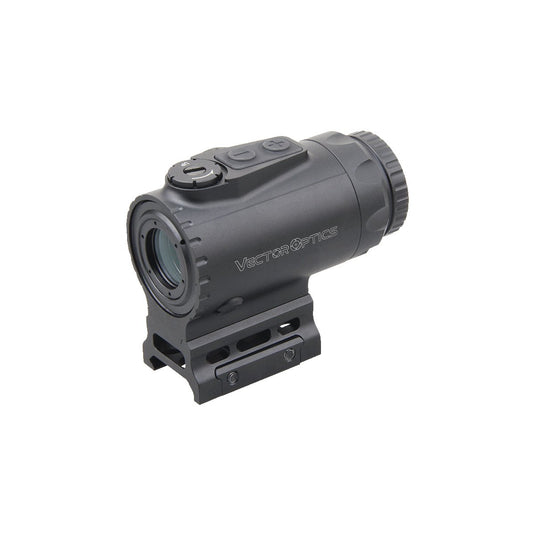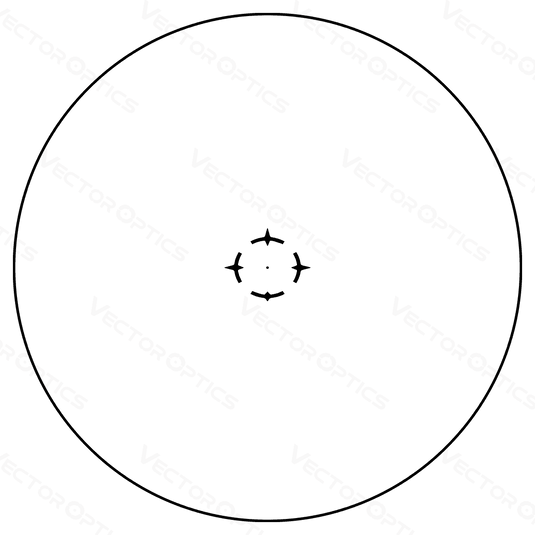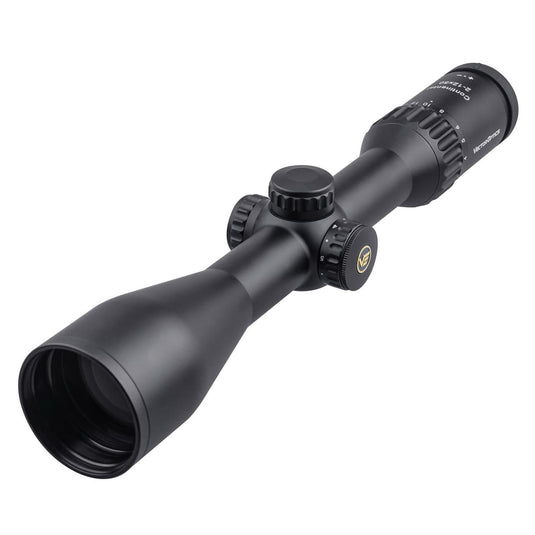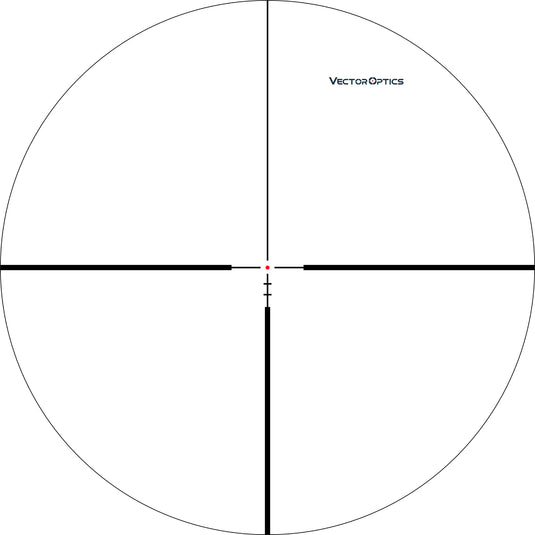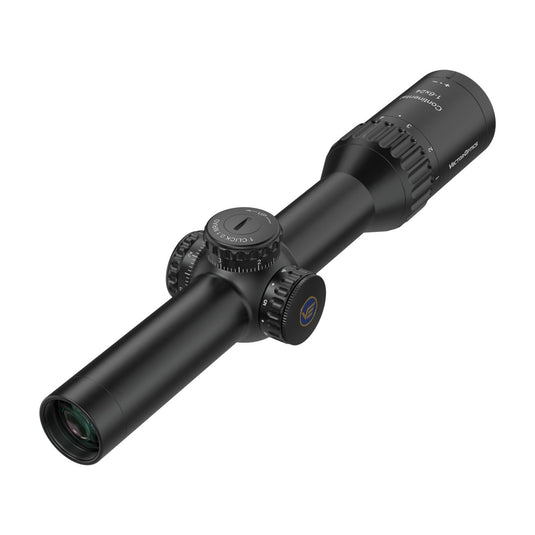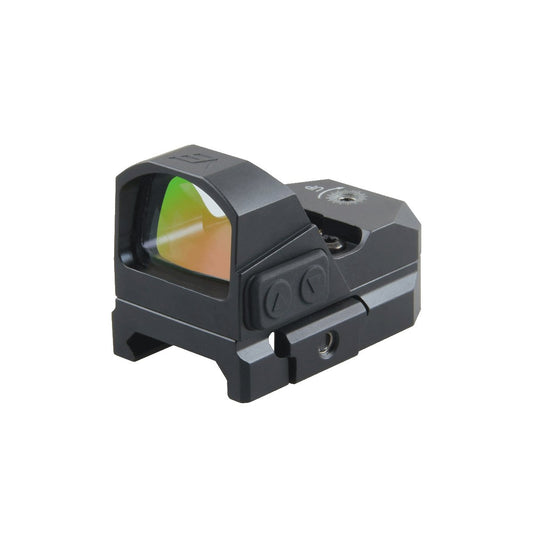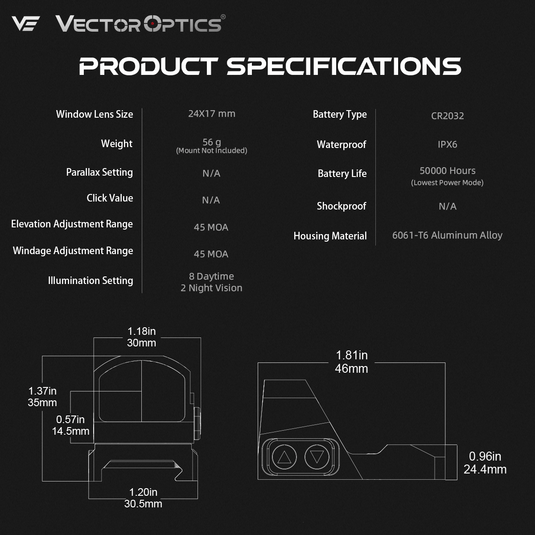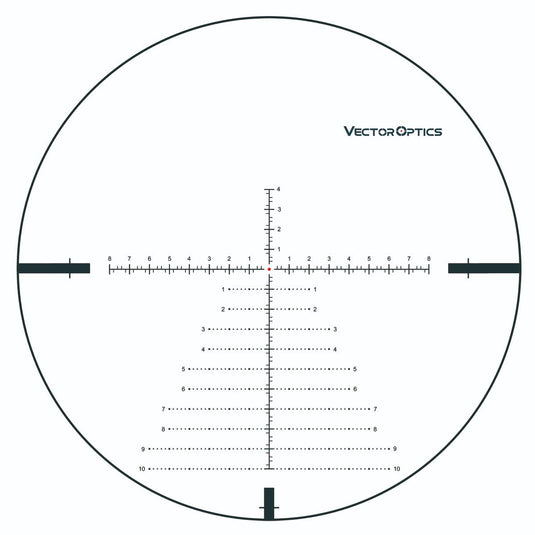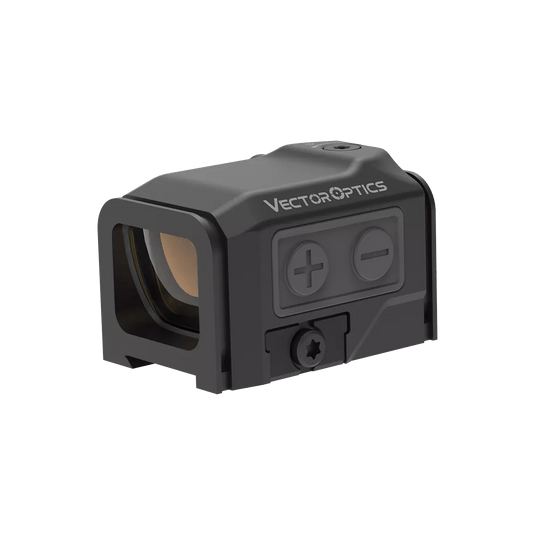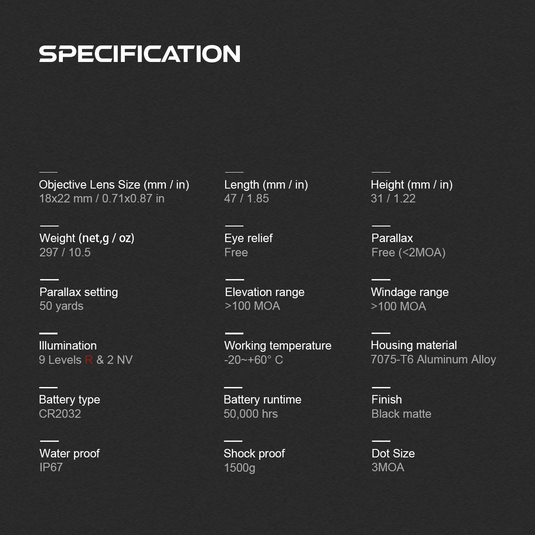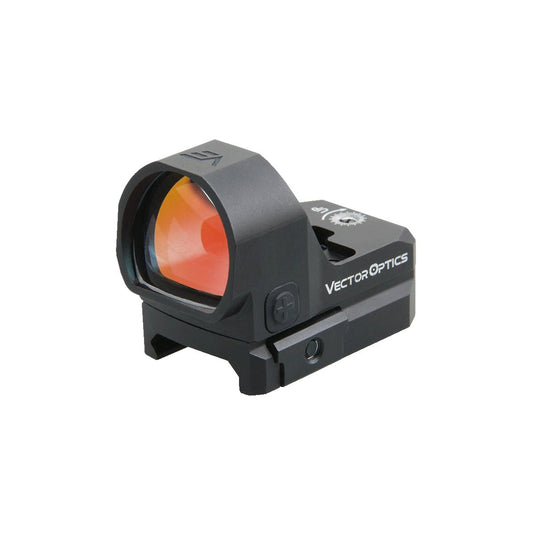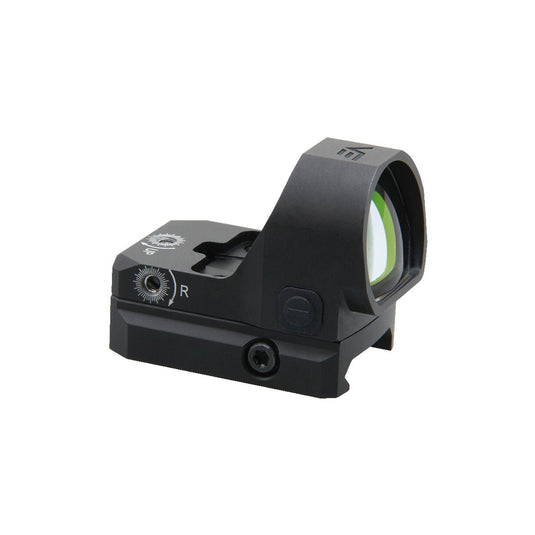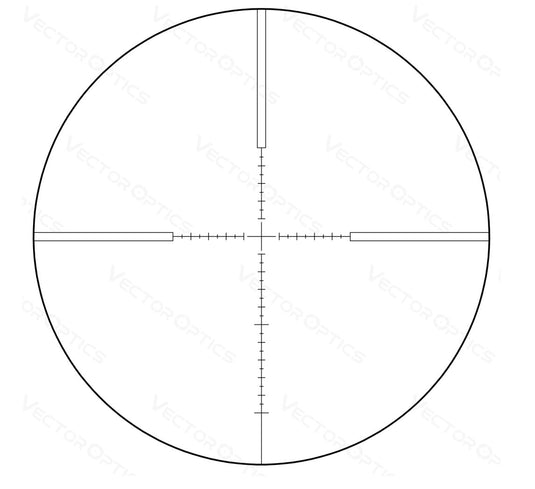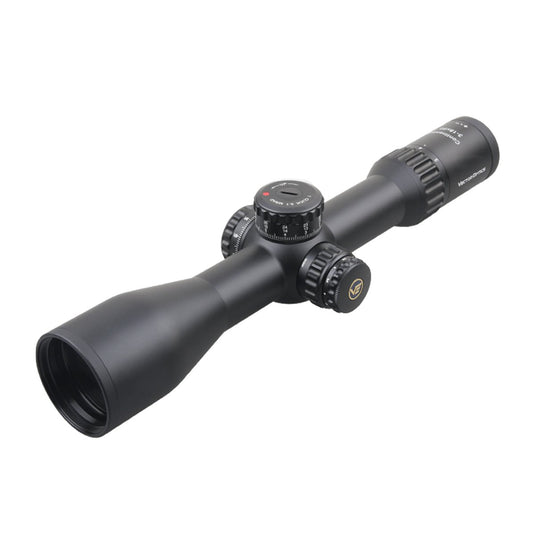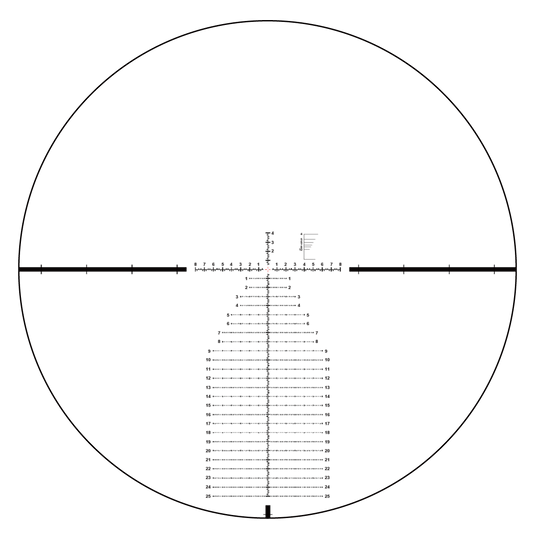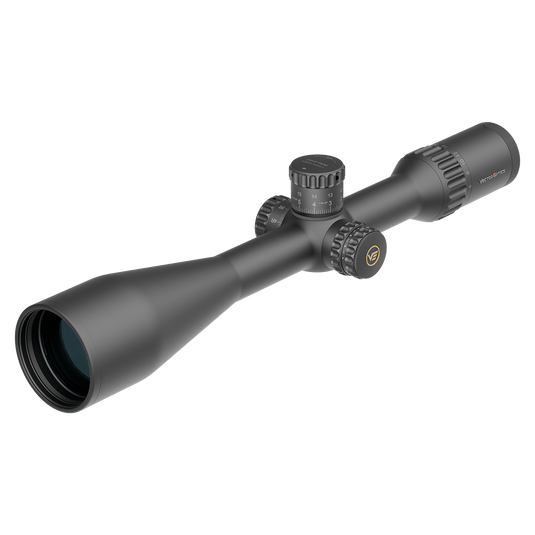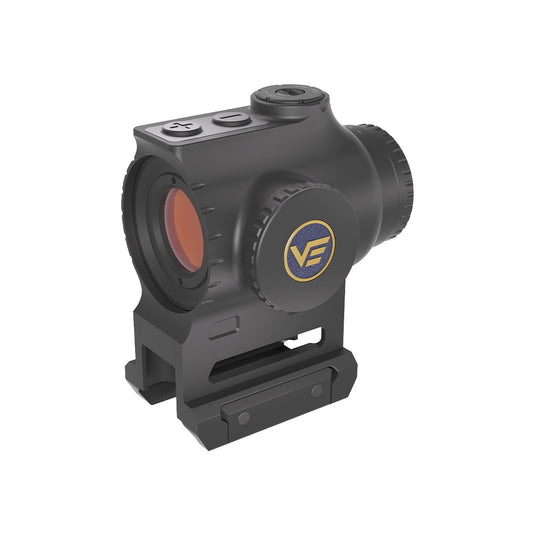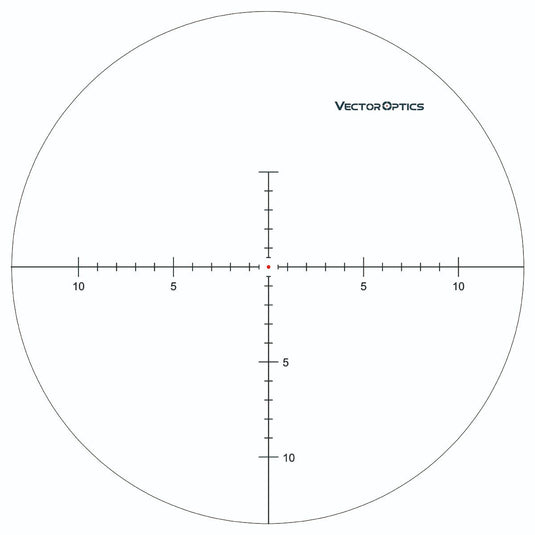Benchrest shooting is a precision sport where shooters aim at paper targets using high-accuracy rifles, always at a fixed distance. Competitors shoot from a bench with the rifle supported by front and rear rests, hence the name "benchrest shooting."
Magnification is Crucial for Targeting Small Bullseyes at Varying Distances.
25m shooting: A 10-40x scope is ideal, which is a budget-friendly option for benchrest shooting beginners. It offers a fine crosshair reticle with a small center dot, a 50mm objective lens for better light transmission, and a durable design.

50m shooting: A higher magnification, like a fixed 46x or variable 6x-60x, helps with fine details and bullseye clarity.
100 yards: A scope with at least 30x magnification is necessary to clearly view targets, with 35x magnification offering a clear view of a .22 pellet at 110 yards.

Long-range (100-300 yards): High-power scopes (20x-60x) with small center dot reticles are common. Scopes with 36x-45x magnification offer a balance of target visibility and image stability. For minimal image distortion, ED (extra-low dispersion) glass scopes, like the Continental 6-48x56, provide crisp, clear views, ideal for professional competitors.
AO is Preferred For Benchrest Shooting
Scopes with adjustable objective (AO) adjust parallax by moving the objective lens, offering simpler design, better precision, and shock resistance, making them ideal for fixed distances like benchrest shooting. AO scopes are lighter, cheaper, and easier to manufacture. Side focus scopes, more complex and expensive, adjust parallax using a side knob and are better suited for situations requiring quick adjustments over varying distances. For benchrest shooting, AO is preferred due to its simplicity and larger adjustment travel.
A larger lens is Ideal for Benchrest Shooting
The objective lens size is crucial for light transmission, providing a brighter image, especially at high magnifications. A larger lens is ideal for low-light conditions and clearer target visibility.
Fixed or Variable Power Scopes?
Fixed scopes is easy to use with lower cost, user-friendly for newbie. Variable magnification scopes, on the other hand, offer versatility, helping to reduce mirage and adapting well to various shooting conditions.
Reticle: First Focal Plane or Second Focal Plane?
Benchrest shooters typically prefer second focal plane (SFP) reticles, as they stay the same size at any magnification. However, for those with poor eyesight, a first focal plane (FFP) reticle may be better.
Scopes With ED Glass Enhance Your Benchrest Shooting Experience
The Vector Optics Continental 6-48x56 ED scope features extra-low dispersion (ED) glass, crafted from LaREE™ (Lanthanide Rare Earth Elements) and coated with VePRO™ FMC (Fully Multi-Coated) technology. VePRO™ utilizes advanced in-house coating methods to achieve over 90% light transmission, ensuring exceptional clarity and brightness for detailed target observation. This makes the Continental ED scope a top-tier choice for long-range precision shooting, delivering superior optical performance for discerning shooters.
The Minotaur GenII 46x60 offers outstanding fixed magnification and optical performance. 46x, high magnification, is ideal for 25-50m shooting.
For those seeking variable magnification, the Sentinel 10-40x50 is an excellent value, featuring a fine center-dot reticle and fully multi-coated lenses for clear, precise targeting.

